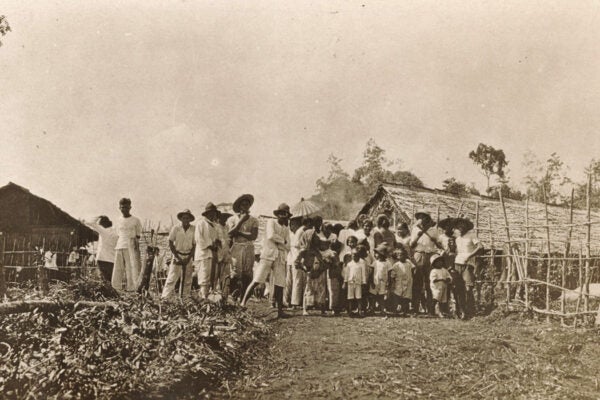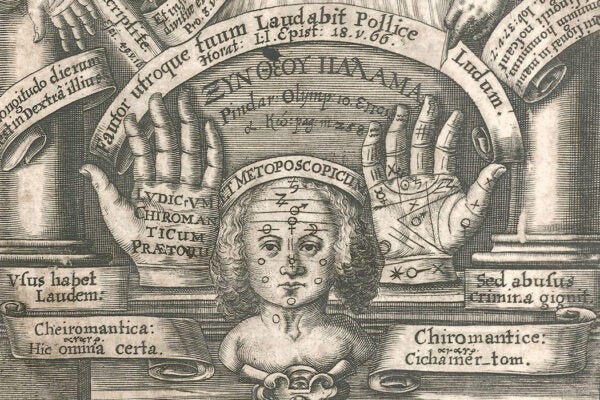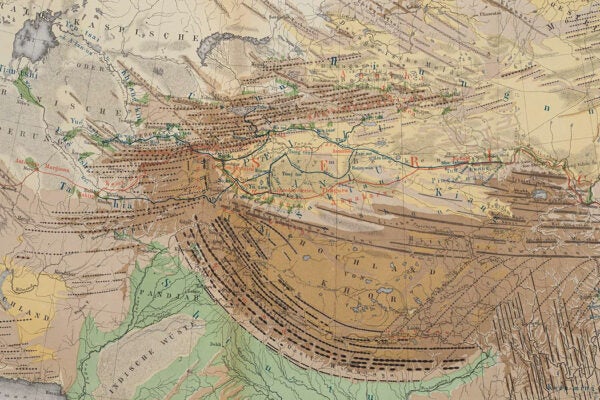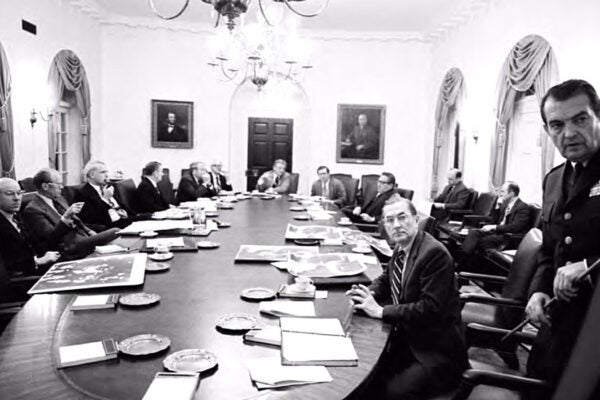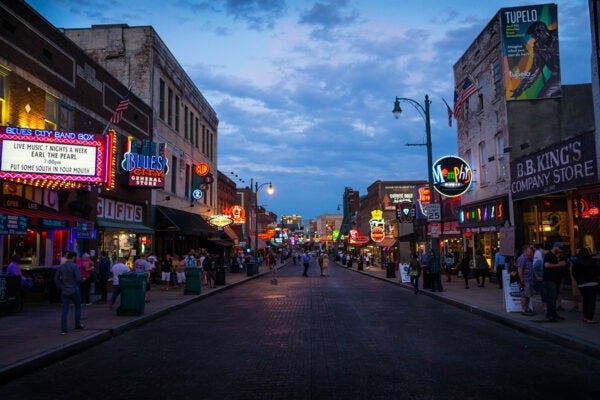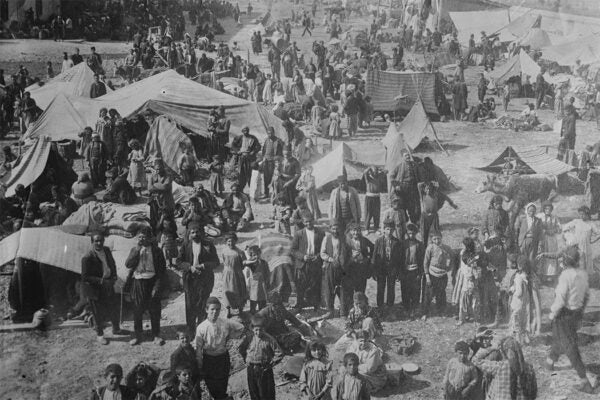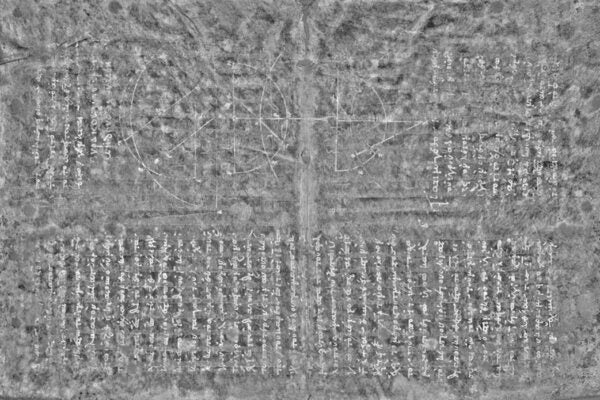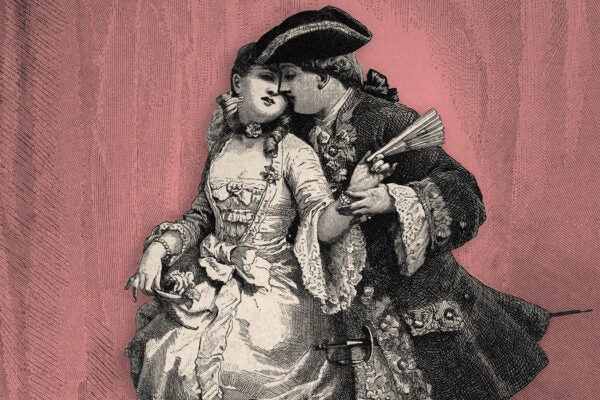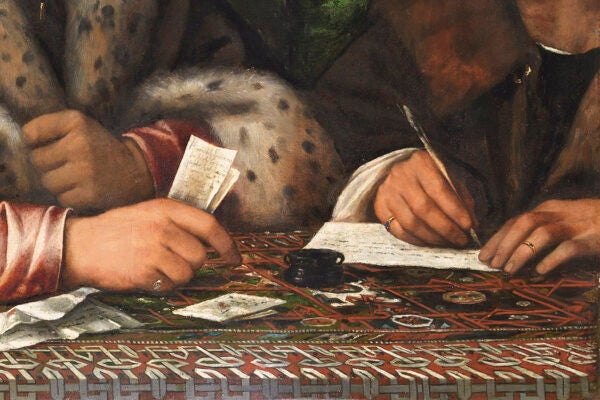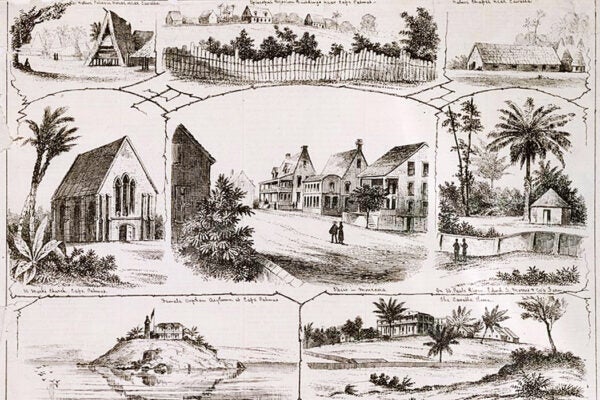Boven Digoel, the Prison Camp in the “Siberia of Indonesia”
The number of ethnic Chinese incarcerated in Boven Digoel in the 1920s was low, but the New Guinea colonial prison nonetheless shaped Sino-Malay literature.
In the Palm of Your Hand
Palm reading, also known as palmistry or chiromancy, has fascinated us as a practice and a party trick for centuries.
Inventing Silk Roads
The idea of a Silk Road, though it conjures up visions of exotic goods passing between Asia and Europe via ancient trade routes, is a thoroughly modern one.
The Mayaguez Incident: The Last Chapter of the Vietnam War
Reeling from defeat in Vietnam, the US invaded a Cambodian island to rescue a US freighter—just before its crew members, who were elsewhere, were released.
Memphis: The Roots of Rock in the Land of the Mississippians
Rising on the lands of an ancient agricultural system, Memphis has a long history of negotiating social conflict and change while singing the blues.
The Genocide Before the Shoah
For a century, Jews in Turkey have maintained a strategic silence when it comes to recognizing the Armenian genocide. Could that be changing?
Archimedes Rediscovered: Technology and Ancient History
Advanced imaging technologies help scholars reveal and share lost texts from the ancient world.
Life, Liberty, and the Pursuit of Lust
The turn from punishing sexual activity outside of marriage toward the idea of personal sexual freedom began in the West between 1600 and 1800.
The Merchants of Venice—In Code
Sixteenth-century Venice conducted its affairs in code, so much so that cryptology was professionalized and regulated by the state.
Building a New Virginia in Liberia
Black American voluntary migrants to Liberia were eager to embrace their African roots, but their vision for the country was very much an American one.
